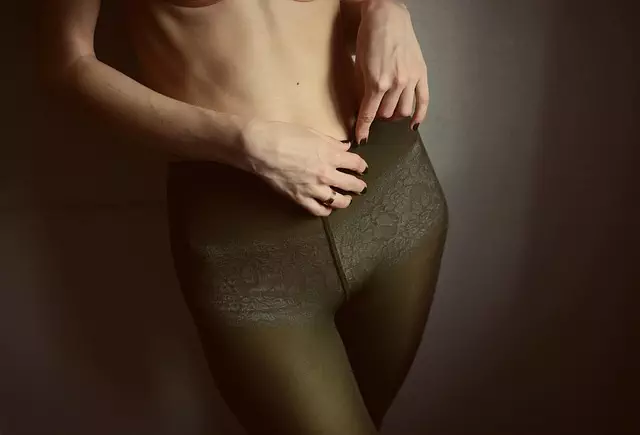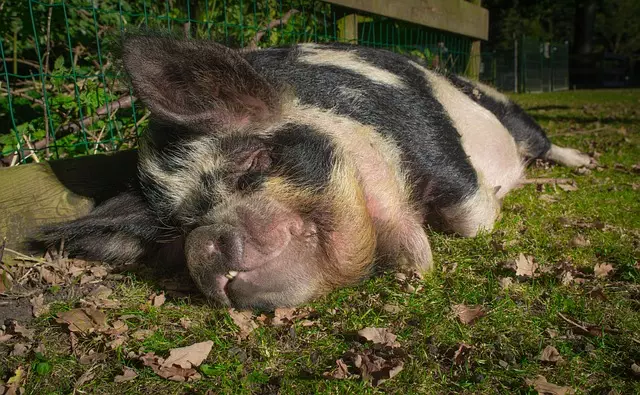Thigh and arm fat freezing is a non-invasive body contouring treatment using cold temperatures to eliminate stubborn fat cells in these areas, leading to slimmer, more defined thighs and arms. Safe for those with healthy lifestyles struggling with localized fat deposits, it offers minimal risk and downtime compared to surgery. Potential side effects include temporary redness, swelling, and numbness, while serious complications are rare. Results may take several weeks to become apparent, emphasizing the importance of post-procedure care and consistent lifestyle adjustments for long-term success.
“Uncover the revolutionary power of Outer Thigh and Arm Fat Freezing, a non-invasive body contouring treatment transforming the way we tackle stubborn fat. This comprehensive guide delves into the science behind freezing fat cells, exploring its benefits for targeted weight loss. From understanding the procedure to examining safety, side effects, and long-term results, we explore why this method is gaining popularity as an effective alternative to traditional dieting. Discover how it works for various candidates, and compare its efficacy with other weight loss approaches.”
Understanding Outer Thigh Fat Freezing: A Non-Invasive Approach

Outer thigh fat freezing is a non-invasive cosmetic procedure that has gained popularity as an effective way to reduce stubborn fat in the outer thigh area. This treatment uses cold temperature to target and eliminate fat cells, leading to slimmer, more tonified thighs. Unlike surgical options, fat freezing does not require incisions or downtime, making it an attractive choice for individuals seeking a minimally invasive body contouring solution.
The process involves applying a cooling device to the outer thigh, which freezes and damages the fat cells without affecting surrounding tissues. Over time, the body naturally processes and eliminates these damaged fat cells, resulting in reduced fat accumulation. This method is often considered a game-changer for those struggling with excess fat in hard-to-reach areas like the thighs and arms, offering a non-surgical alternative to traditional liposuction.
How Does Outer Thigh Fat Freezing Work?

Outer thigh fat freezing is a non-invasive procedure that uses targeted cold energy to break down fat cells in the outer thigh area. This process, often performed with a specialized device, delivers precise cooling to the treatment site, causing the fat cells to shrink and eventually disappear. The body then naturally processes and eliminates these reduced fat cells, leading to a slimmer and more contoured thigh appearance.
Unlike surgical options, freezing targets specific problem areas like the thighs and arms without damaging surrounding tissues. This method is ideal for individuals seeking a non-surgical approach to shape their body. It’s important to note that while effective, results may vary based on factors such as diet, exercise habits, and individual metabolism.
Benefits of Targeting Outer Thigh Fat

Targeting outer thigh fat through non-invasive treatments like freezing offers several benefits, both aesthetic and health-related. This area often retains stubborn fat that can be resistant to diet and exercise, making it a common concern for many individuals striving for a slimmer silhouette. By focusing on the outer thighs, patients can achieve more defined legs and improve their overall body composition.
In addition to improving appearance, reducing outer thigh fat can have positive effects on mobility and comfort. Excess fat in this region can lead to reduced flexibility and increased pressure on surrounding joints, potentially contributing to conditions like knee pain. Targeted freezing treatments provide a safe and effective way to alleviate these issues, promoting better posture, balance, and overall physical well-being alongside desired aesthetic outcomes, particularly when combined with other body contouring procedures like thigh and arm fat freezing.
Who is a Suitable Candidate for This Procedure?

Outer thigh fat freezing, also known as cryolipolysis, is a non-invasive treatment suitable for individuals looking to reduce stubborn fat in specific areas, particularly the thighs and arms. The ideal candidates are typically those with localized fat deposits who maintain a healthy lifestyle but struggle with reducing fat in these particular regions through traditional means like diet and exercise.
This procedure is not recommended for everyone. Individuals with certain medical conditions, such as cold sensitivity or blood clotting disorders, should avoid it. Additionally, if you have experienced previous surgeries or skin infections at the treatment site, consultation with a qualified healthcare provider before undergoing thigh and arm fat freezing is essential to ensure safety and effectiveness.
The Safety and Side Effects of Fat Freezing

Outer thigh fat freezing, like any medical procedure, comes with its own set of considerations regarding safety and potential side effects. It’s important to note that this non-invasive technique is generally well-tolerated by most patients, but as with any treatment, there are a few things to be aware of. The process involves targeted cooling of the fat cells in specific areas, typically the thighs or arms, to destroy them. This procedure is usually performed in an outpatient setting and takes about 45 minutes to an hour.
Common side effects include temporary redness, swelling, and numbness at the treatment site, which are usually mild and subside within a few days. More serious but rare complications may include skin damage or changes in skin sensation. As with any medical intervention, patients should discuss their medical history and current medications with their provider to ensure this treatment is suitable for them. Thigh and arm fat freezing offers a promising alternative for those seeking to reduce stubborn fat without surgery, providing a safer and more comfortable option with minimal downtime.
Comparing Outer Thigh Freezing with Traditional Weight Loss Methods

Outer thigh freezing, a non-invasive fat reduction procedure, offers an alternative to traditional weight loss methods for those seeking to target specific areas like the thighs and arms. Unlike dieting and exercise, which often have broader effects on the body, this technique directly addresses problem zones by freezing and destroying fat cells.
While diet and exercise remain crucial components of overall health, they may not always lead to targeted fat reduction in certain areas. In contrast, thigh and arm fat freezing provides a more precise approach. It’s especially beneficial for individuals with stubborn fat deposits who’ve struggled to achieve results through conventional methods. This procedure offers a non-surgical, minimally invasive solution, making it an attractive option for those seeking body contouring without extensive downtime or surgery risks.
What to Expect During and After the Treatment

During the outer thigh fat freezing treatment, patients can expect a comfortable yet slightly cold sensation as the machine targets specific areas. The procedure is non-invasive and typically takes around 45-60 minutes to complete, during which time you may feel a cooling sensation but no significant pain. After the treatment, it’s normal to experience some temporary redness and mild discomfort in the treated areas, similar to a sunburn. This usually subsides within a few hours to a day. It’s important to remember that fat freezing is not an instant fix; results may take several weeks to become apparent as the body naturally eliminates the affected fat cells.
In terms of aftercare, patients are often advised to drink plenty of water and maintain a healthy diet to support their body’s natural metabolism. Gentle exercise, such as walking, can be beneficial but should be avoided in the immediate post-treatment period. It’s crucial to follow your healthcare provider’s specific instructions for optimal results and minimal side effects, especially regarding thigh and arm fat freezing procedures.
Maintenance and Results: Long-Term Effects

Outer thigh fat freezing, like arm fat freezing, offers a non-invasive way to reduce stubborn fat deposits. While immediate results are visible after treatments, maintaining long-term outcomes requires consistent effort. Regular exercise and a balanced diet play a crucial role in preventing regrowth of fat cells.
After the initial procedure, it’s essential to adopt lifestyle changes to sustain the reduced fat levels in the thighs. Incorporating cardiovascular exercises like walking, cycling or swimming into your routine helps maintain metabolism and burn calories efficiently. Additionally, strengthening exercises target not just the legs but also improve overall body composition by increasing muscle mass, which further aids in fat reduction. Maintaining a healthy diet is equally vital; focusing on whole foods, lean proteins, fruits, vegetables, and healthy fats ensures your body receives necessary nutrients while keeping calorie intake in check.
Exploring Arm Fat Freezing: Similarities and Differences

Thigh and arm fat freezing are both non-invasive procedures designed to reduce unwanted fat in specific areas, but they have distinct characteristics. While thigh fat freezing targets subcutaneous fat in the outer thigh region, arm fat freezing focuses on reducing fat in the arms, including the upper and lower arm areas. Despite their differences in treatment zones, these procedures share several similarities. Both use cold temperatures to damage fat cells, leading to their breakdown and subsequent removal by the body’s natural processes.
The primary difference lies in the applicator used for the procedure and the challenges of treating different anatomical regions. Thigh fat freezing requires a larger applicator to cover a wider area, while arm fat freezing uses smaller, more precise tools tailored for the narrower spaces of the arms. Additionally, maintaining proper contact between the applicator and skin is crucial in both cases; however, achieving optimal contact can be easier on smaller areas like the arms compared to the curvier and larger outer thighs.
